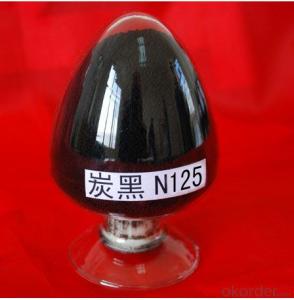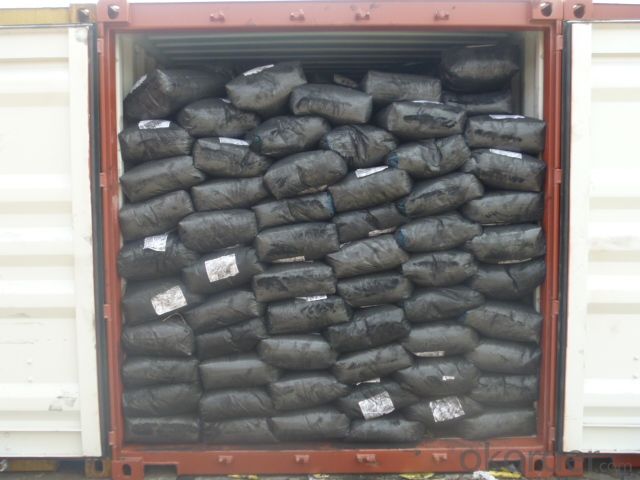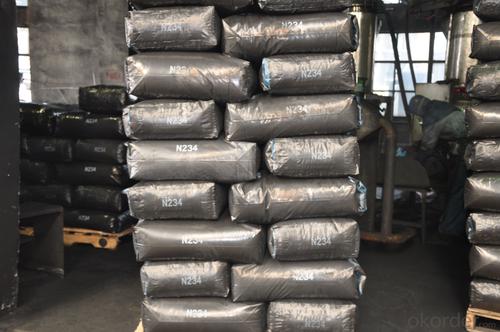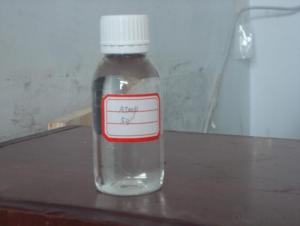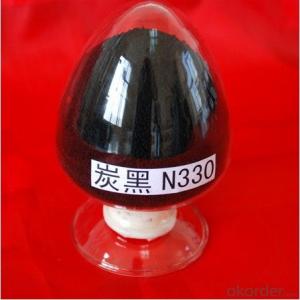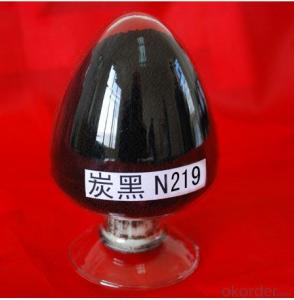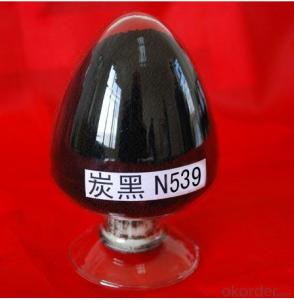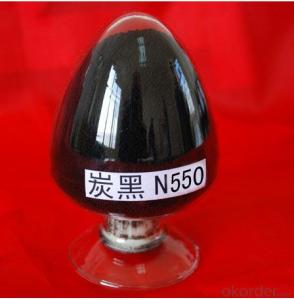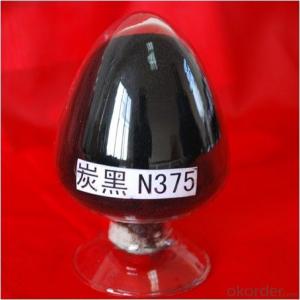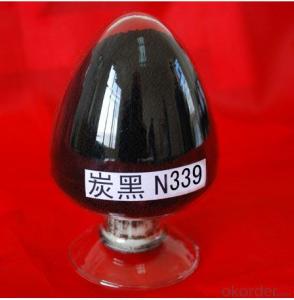Carbon Black N115 Granluar
- Loading Port:
- Tianjin
- Payment Terms:
- TT OR LC
- Min Order Qty:
- -
- Supply Capability:
- 10000MT m.t./month
OKorder Service Pledge
OKorder Financial Service
You Might Also Like
Carbon Black N115 (Granule)
Product Description:
carbon black N115:
1.Usage Rubber Auxiliary Agents;
2.Product Status:Black powder or granular;
3.Standard: ISO 9001:2000
Suggest for Use:
(1) uses for the truck tire, passenger tire tread rubber, etc., and require high strength, high wear-resistant rubber products, such as high-strength conveyor belt, industrial rubber products.
(2) The usage and role of the N115 carbon black in rubber particle size is the smallest, reinforcing the highest wear resistance, one of the best varieties, mixing should pay attention to spread evenly when the heat is too high to prevent the mixing caused by coke burning, necessary, to add anti-coke agents or with other carbon black and used.
TDS of the Carbon Black N115
Product Varieties | N115 | Pouring density(kg/m3) | 305~385 |
Iodine absorption Value(g/kg) | 154~166 | 300%modulus(Mpa) | -4.4~2.4 |
DBP absorption Value (10-5m2/kg) | 108~118 | Ash content | ≤0.7% |
24Mn DBP(10-5m2/kg) | 92~102 | 45um sieve residue | ≤0.05% |
CTAB surface area(103m2/kg) | 122~134 | 500um sieve residue | ≤0.001% |
STSA/(103m2/kg) | 119~129 | Impurity | NO |
Nsa surface area(103m2/kg) | 131~143 | Fine content | ≤10% |
Tint strength(%) | 118~128 | Tensile strength(Mpa ) | -- |
Heatloss(%) | ≤3.0 | Elongation at failure | -- |
Safety:
As a matter of good industrial hygiene, gloves and safety glasses with side shields or better eye protection should be worn when handing Carbon Black ,For more information, refer to the MSDS.

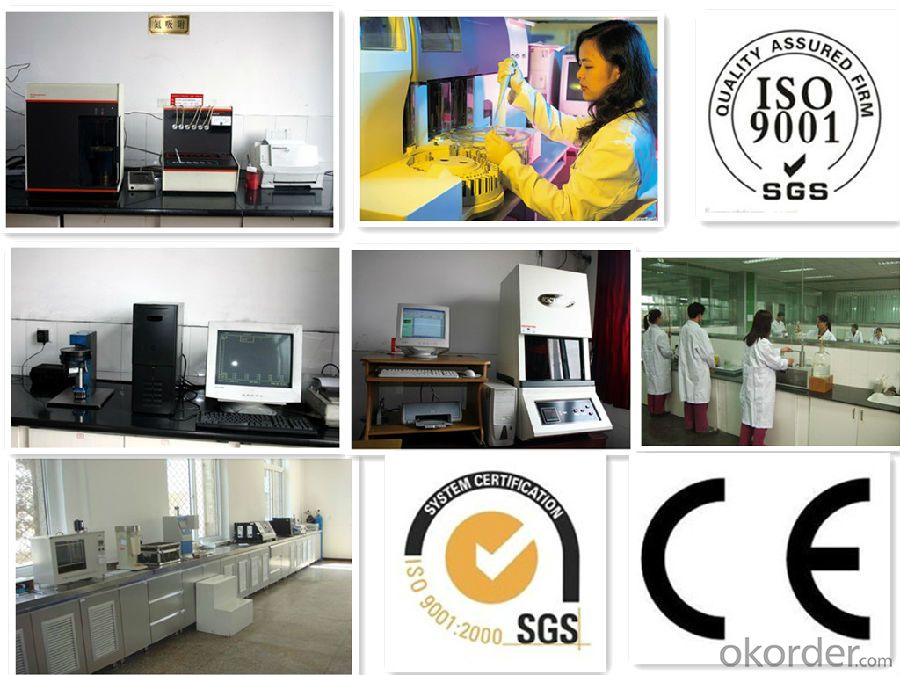
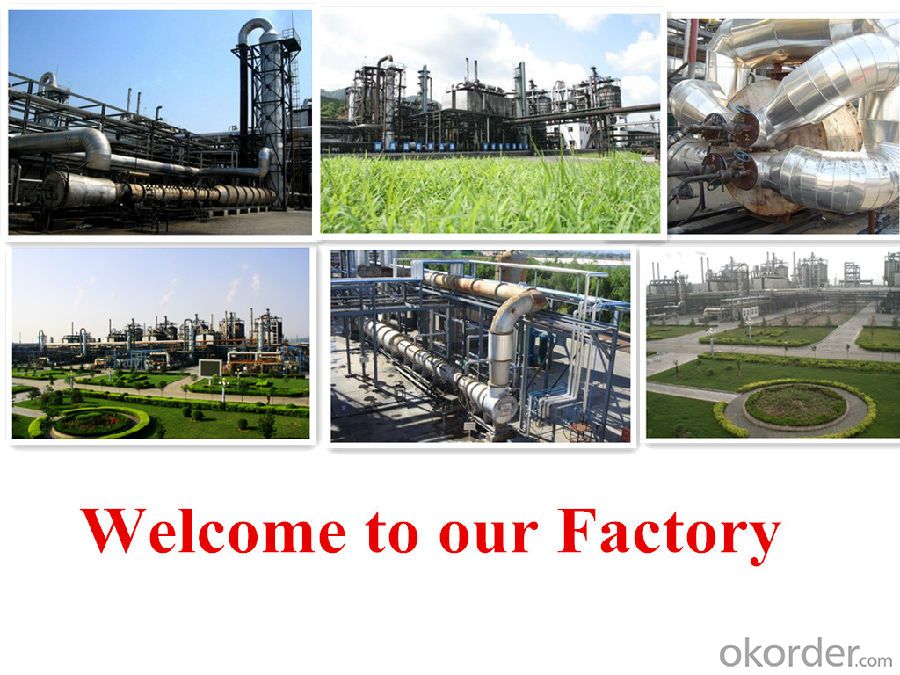
- Q: What are the examples of chemical catalysts used in life?
- The use of new synthetic materials makes life more comfortable. Only wood, sand and grapes are natural building materials, but they need to be combined and protected with synthetic chemicals. Cement is a chemical product, As the adhesive used in the laminate and the metal used in the nail are chemical products, the glass is made by the chemist, and the improved product, such as heat-resistant glass (trade name Pyrex glass), becomes more tough. Paint is chemist design and creation, and many modern solid materials are also the same. Plastic is synthetic, they are used in kitchen and bathroom utensils, also used in the name of the product called Formica bakelite and its related materials, beverage bottles, Cutlery and utensils. Porcelain is made by chemists and used in kitchen and bathroom sinks and other fixtures. Metal is made of chemical changes made from ores. Aluminum was once a laboratory treasure, but used An electrochemical method, which now can be easily made from alumina, at least a portion of the carpet and decorative fabric used for the use of synthetic fibers and synthetic dyes to color. Freezer and air conditioner with special chemicals as coolant ; Gas and gas stoves can be used syngas or natural gas, the combustion process is still the chemical change.Our room with gas or oil industry to produce fuel to heat, this fuel is from the natural crude oil refining and chemical We have made use of synthetic chemical products and materials made in the chemical processing industry, such as plaster or wall panels, outer panels and roof panels, as well as tiles and carpets, to heat our buildings. The stove itself and the distribution of heat The pipes are made of chemical products - metal, insulating materials and ceramics. The current enters the home through the copper wire of the outsourced insulator, both of which are products of the chemical processing industry
- Q: Hydrogen and oxygen in the role of the catalyst can do the chemical formula of aviation fuel?
- Do not be irresponsible, rocket fuel is hydrogen peroxide. H2 + O2 = H2O2 (catalyst)
- Q: Is the catalyst in the field of inorganic chemistry?
- In particular, the chemical and homogeneous catalysis of inorganic chemistry has deep origins. Inorganic chemistry, oxides (such as metal oxides), family elements (such as the chemical behavior of transition metal elements) can be provided for catalytic science Support and guidance.
- Q: What are the catalysts that appear in the chemistry experiment?
- Hydrogen peroxide, manganese dioxide
- Q: Why does the chemical and chemical properties change before and after the reaction?
- The catalyst will induce chemical reactions to change, leaving the chemical reaction faster or in a lower temperature environment for chemical reactions.
- Q: the process of which the heterogeneous catalyst work in vehicles. a step by step instruction in how they work. :)
- The Reduction Catalyst The reduction catalyst is the first stage of the catalytic converter. It uses platinum and rhodium to help reduce the NOx emissions. When an NO or NO2 molecule contacts the catalyst, the catalyst rips the nitrogen atom out of the molecule and holds on to it, freeing the oxygen in the form of O2. The nitrogen atoms bond with other nitrogen atoms that are also stuck to the catalyst, forming N2. For example: 2NO =N2 + O2 or 2NO2 =N2 + 2O2 The Oxidization Catalyst The oxidation catalyst is the second stage of the catalytic converter. It reduces the unburned hydrocarbons and carbon monoxide by burning (oxidizing) them over a platinum and palladium catalyst. This catalyst aids the reaction of the CO and hydrocarbons with the remaining oxygen in the exhaust gas. For example: 2CO + O2 =2CO2
- Q: Before and after the chemical reaction, the nature of the catalyst unchanged this statement right? Why?
- Yes the the catalyst only act as a catalyst and does not participate in the chemical reactions
- Q: Does all chemical reactions have a catalyst?
- Not some reaction without catalyst
- Q: If possible can anyone give me information on the active site, substrates, products, and the energy of activation as part of the answer?Responses greatly appreciated! Thankss! 10pts to best answer!
- To make it simple unlike the dude above me...enzymes (biological catalysts) lower the activation energy, which speeds up the reaction. EVERY reaction needs a little boost of energy--the activation energy--and enzymes lower that.
- Q: What are the characteristics of the catalyst in the catalytic reaction?
- The role of the catalyst in the chemical reaction is to change the rate of chemical reaction, and its own quality and chemical properties do not change.
Send your message to us
Carbon Black N115 Granluar
- Loading Port:
- Tianjin
- Payment Terms:
- TT OR LC
- Min Order Qty:
- -
- Supply Capability:
- 10000MT m.t./month
OKorder Service Pledge
OKorder Financial Service
Similar products
Hot products
Hot Searches
Related keywords
